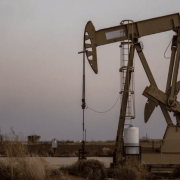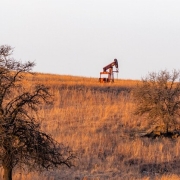President-elect Donald Trump’s oil plans on policies could boost U.S. crude production beyond the currently estimated growth.
However, Trump’s vow to “drill, baby, drill” and the promised deregulation in the oil and gas industry with faster permitting could hit a wall of continuously growing global supply. This higher production from non-OPEC+ producers is set to tilt the market into a large surplus in 2025, even if OPEC+ keeps its current commitment to begin bringing back supply from April, analysts and forecasters say.
The current state of the oil market indicates a significant shift in the supply-demand equation, with projections suggesting that supply could surpass demand by approximately 1 million barrels per day (bpd) in the coming year. This oversupply scenario raises important questions regarding pricing dynamics and market stability, as an excess in supply often leads to downward pressure on oil prices. However, seasoned market observers are acutely aware that the interplay of geopolitics will significantly influence oil prices moving forward. Factors such as international relations, regulatory changes, and geopolitical tensions can create volatility that may counteract the anticipated supply surplus.
Geopolitical Factors
Among the myriad geopolitical factors at play, former President Trump’s have policies toward key oil-producing nations. This is specifically Iran, Venezuela, and Russia—emerge as the most significant wildcard influencing future market conditions. The potential for sanctions, trade agreements, or military actions could have far-reaching implications for global oil supply and pricing structures. Furthermore, the discussion surrounding tariffs on energy products could also reverberate through the American economy, affecting domestic energy prices and, by extension, the broader global economic landscape. As such, stakeholders across the energy sector must remain vigilant and adaptable, closely monitoring these developments to navigate the complexities of an evolving market environment.
Click here to read the full article
Source: Oil Price
—
Do you have any questions or thoughts about the topic of Trump’s oil plans? Feel free to contact us here or leave a comment below.










